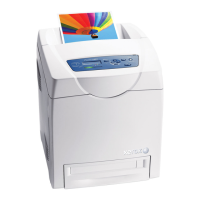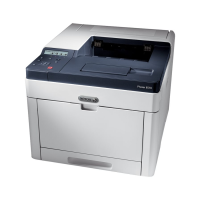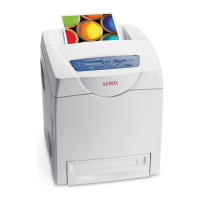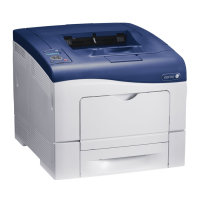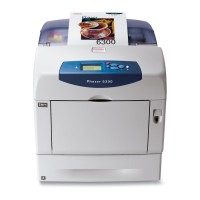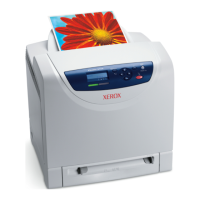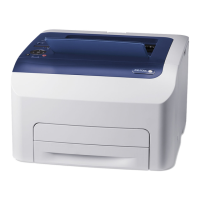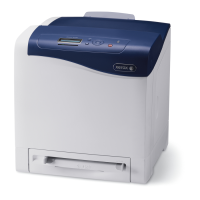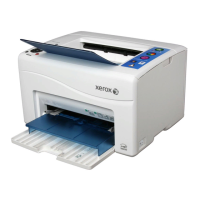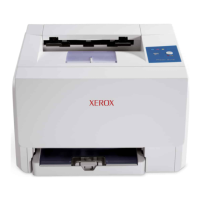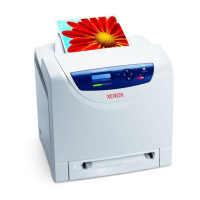General Troubleshooting 4-7
POST Diagnostic Test Descriptions
Test
Fault
Code Description
SDRAM
1
(Hard) This test fails if the boot loader finds no RAM
present or faulty RAM. (Run prior to POST.)
Boot loader posts the message “RAM error” to the front
panel and blinks the front panel LED.
I/O ASIC
3
(Hard) This test determines if the I/O chip is functioning
properly and also makes a preliminary check of front
panel functionality.
Memory
4
(Soft) Checks installed memory above diagnostics code
and data addresses.
Front panel displays “Memory” if a fault occurs.
“i” Button
(Configuration
Chip)
5
(Hard) This test checks to see if the “i” button
(configuration chip) is present. If no chip is present the
test will fail and the front panel message “Please Install “i”
button” will display.
Extended Memory
7
This test does a write compare test to each 32-bit word in
extended memory.
EEPROM
10
(Hard) This test checks addressing of the EEPROM.
Ethernet
11
(Hard) This test checks the ethernet core.
CPU Interrupts
12
(Hard) This test checks that each interrupt source to the
CPU is functioning.
USB
13
(Hard) This test checks that the USB core is functioning
properly.
Real Time Clock
14
(Soft) The real time clock is tested.
RAM DIMM
Presence
15
(Soft) This test examines bad or incompatible RAM
DIMMs.
Minimum RAM
Limits
16
(Hard) Checks that there is at least 128 Mbytes installed.
Front panel displays “Install More RAM” on failure.
Maximum RAM
Limits
17
(Soft) Checks that there is no more than 512 Mbytes
installed.
IDE Disk
20
(Soft) Checks for presence of hard drive, then checks the
disk controller core, and runs a DIAGNOSE command on
the hard drive.
Engine Command
22
(Hard) Runs multiple engine commands to verify proper
operation. Displays “22:Reseat Controller Board” and
“Call Customer Support” on failure.
Engine Fuser
Warmup
26
(Soft) Checks for normal fuser operation. Failure will result
in a red box on the StartPage with “Hardware Failure”.
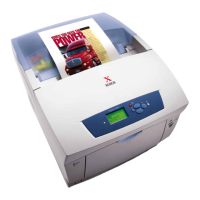
